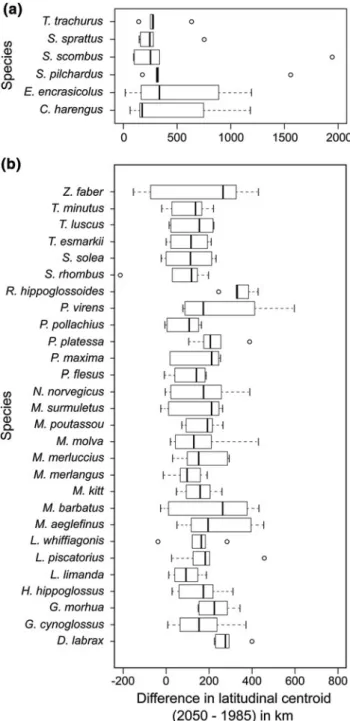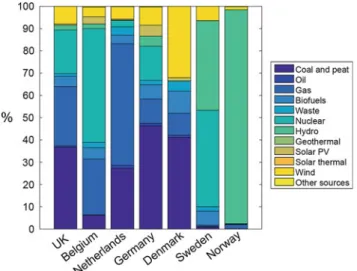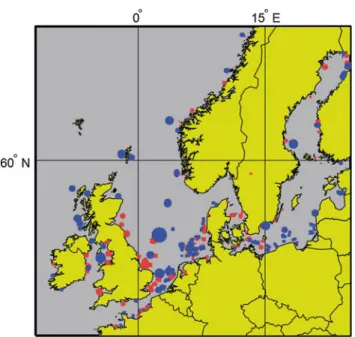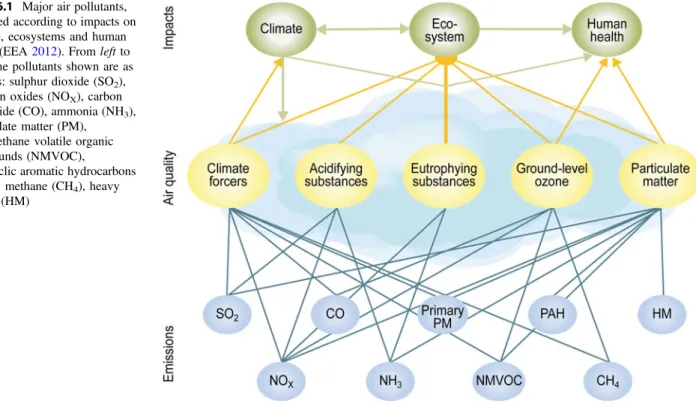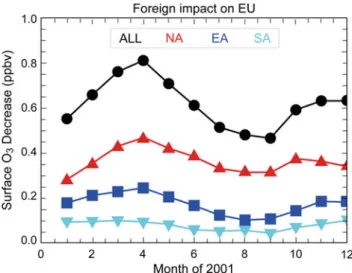There is also purse seine fishing for herring in the eastern North Sea (Dickey-Collas et al.2013). Eight times as many fish species showed an increased range in the North Sea (mainly small species of southern origin) compared to species whose range decreased (mainly large and northern species).
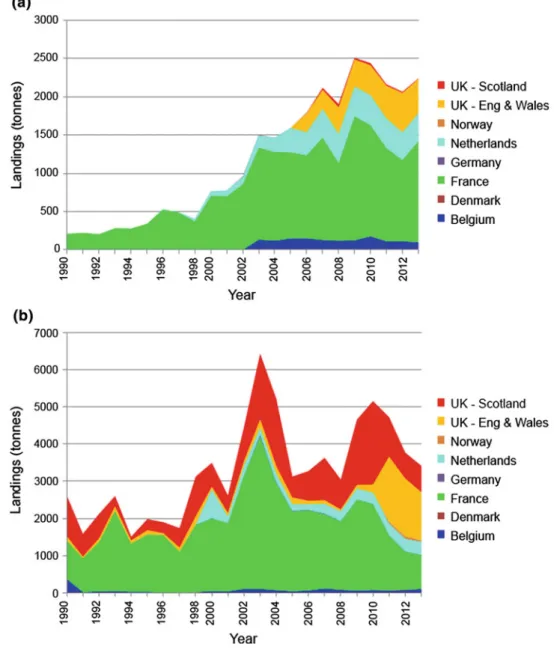
International Fish Markets and Commodity Chains
Sumaila and Cheung (2009) attempted to estimate the necessary annual costs of adaptation to climate change in the fisheries sector worldwide. A clear adaptation response in the face of subsequent climate change is to obtain fish from sources further north (either through trade or by relocating fishing fleets where possible).
Conclusions
Beaugrand G, Brander KM, Lindley JA, Souissi S, Reid PC (2003) Effect of plankton on cod recruitment in the North Sea. Gröger JP, Kruse GH, Rohlf N (2010) Slave to the rhythm: how large-scale climate cycles drive herring (Clupea harengus) regeneration in the North Sea.
Introduction
The increase in winter wheat yields is mainly due to crop breeding and improved crop protection in combination with increased fertilization; however, wheat yields in Europe have stagnated over the past ten to twenty years (Olesen et al. 2011). However, significant differences in adaptability may exist between cropping systems and farms depending on their specialization (Reidsma et al. 2007).
Impacts
For root and tuber crops in Europe (such as sugar beet and potatoes) yields are expected to continue to increase (Angulo et al. 2013). More variable weather and more extreme weather events are projected under climate change (Jacob et al.2014).
Adaptation, Vulnerabilities and Opportunities
Such changes will not only affect crop yield, but also influence yield quality, for example by preventing mycotoxins that may increase in Northern Europe as a result of expected climate change (Madgwick et al. 2011; van der Fels-Klerx et al. 2012). One of the measures needed for both plant and livestock breeds is to increase tolerance to heat stress events (Semenov et al. 2014).
Ecosystem Functions and Services
Even with statistical evidence showing that extremes change in frequency, such information can be interpreted differently among decision makers, resulting in over- as well as under-fitting (Refsgaard et al. 2013). New and revised policy may be needed to deal with the environmental impacts of agricultural production.
Conclusions
Montesino-San Martin M, Olesen JE, Porter JR (2014) A genotype, environment and management (GxExM) analysis of adaptation in winter wheat to climate change in Denmark. Olesen JE, Bindi M (2002) Implications of climate change for European agricultural productivity, land use and policy.
Introduction
The energy sector has a strong presence in the North Sea and in the surrounding coastal areas. Energy and offshore activities in the North Sea are critical to climate change throughout the supply chain.
Climate Vulnerabilities in the North Sea Region
Table 14.1 provides an overview of the most important risks and shows that energy conversion is sensitive to both gradual changes in the mean and variance of climate parameters such as temperature and precipitation, and to the expected intensification of extreme weather conditions in the North Sea region. It is expected that the efficiency of many existing power stations will decrease at higher temperatures. For example, cooling will become more difficult, and damage from storms and floods could disrupt energy supplies, with significant consequences for the economy and for disaster management in the event of extreme weather. events.
National Energy Supply Mixes
Different national energy supply mixes (Figure 4.2) show that projected climate-related impacts on electricity generation will vary from country to country. The IEA has estimated that energy demand for space heating could decrease by around 12% by 2050 (IEA 2013) and that this decline could be particularly strong in Northern Europe due to the current relatively high demand for space heating.
Renewable Energy Sources
Atmospheric icing and sea ice are rare in the North Sea (although the Baltic Sea partially freezes each year) due to warming of the Gulf Stream. Hydropower systems in the North Sea region will be strongly affected by the projected climate change (Thorsteinsson and Björnsson 2012; Chernet et al. 2013).
Fuel Extraction
The potential of marine biomass as a future energy source would be affected by climate change in the marine ecosystem (see Chapter 8). Similarly, offshore installations would be subject to changes in the frequency and/or intensity of extreme winds and waves.
Conclusion
Several researchers, including Cruz and Krausmann (2013) and Bitner-Gregersen et al. 2013), have argued that comprehensive and systematic risk assessment frameworks are needed to manage the emerging risks to the offshore oil and gas sector from climate change. This is to ensure that current and future design standards for infrastructure, maintenance and operations at sea and on land reflect the actual physical threats posed by climate change, while remaining acceptable from an economic, social and environmental perspective.
Heinke Schlünzen and Sylvia I. Bohnenstengel
Introduction
The proximity of large metropolitan areas to the North Sea means that they are usually located in low-lying areas. Although for the latter at least some parts of the metropolitan area are 10 m or more above sea level.
Urban Climate in the North Sea Region
However, soil water is relevant because its availability can influence evaporation and thus temperature and humidity in an urban area (section 15.4.2). Only in recent decades, especially since the very warm summer of 2003, have other parameters characterizing the urban climate come into focus (par. 15.4-15.6).
Historical Problems in Urban Climate
The following sections examine urban climate in the past (Section 15.3) and present (Section 15.4), as affected by climate change (Section 15.5) and adaptation measures (Section 15.6), using two cities as examples: the megacity of London with a extensive metropolitan area (14.3 million inhabitants1) but no international port and the relatively small metropolitan area of Hamburg (2.7 million inhabitants2) with one of the largest ports in Europe. The two cities are about 700 km apart, with Hamburg having a slightly more continental climate, evident in lower winter temperatures, a greater minimum to maximum temperature range and a more pronounced summer rainfall maximum (Fig.15.2).
Current Urban Climate .1 Air Quality
Schlünzen et al. 2010), when anthropogenic heat emissions play a larger role. 2010) found a range of 0.2 (suburb) to 0.7 K (in the city) for the monthly average increase in Hamburg's winter maximum temperature. This results in UHI-like effects at night due to entrainment of warm air from adjacent water bodies (Schlünzen et al. 2010).
Scenarios for Future Developments
However, the urban impact may differ in winter or for other urban areas in the North Sea area. For Hamburg, Hoffmann et al. 2013) found small changes in the pattern and amplitude of the UHI for climate change scenarios, if the urban fabric remains unchanged.
Adaptation and Urban Footprint Reduction Measures
Nevertheless, anthropogenic heat emissions will be lower and this will lead to a reduction in the UHI throughout the year. Changes in the wind field are expected to be local and possibly very large near building structures (Schlünzen and Linde2014).
Conclusions
Petrik R, Grawe D, Bungert U, Schlünzen KH (in preparation) Quantifying the impact of anthropogenic heat on the urban climate of Hamburg during the summer season. In the North Sea area, the effects on air quality of emission changes since pre-industrial times are stronger than the effects of climate change.
Introduction
In the North Sea region, poor air quality has serious consequences for human health, and the associated social costs are considerable. According to model simulations, this is also the case for the future air quality in the North Sea region, but a significant variation in model results entails considerable uncertainty.
Current Status
The magnitude and sign of the particle climate effect (i.e. temperature change by particles) varies with particle size, composition, shape and height, and underlying surface albedo. The number of premature deaths in the heavily populated regions of the North Sea countries is relatively high.
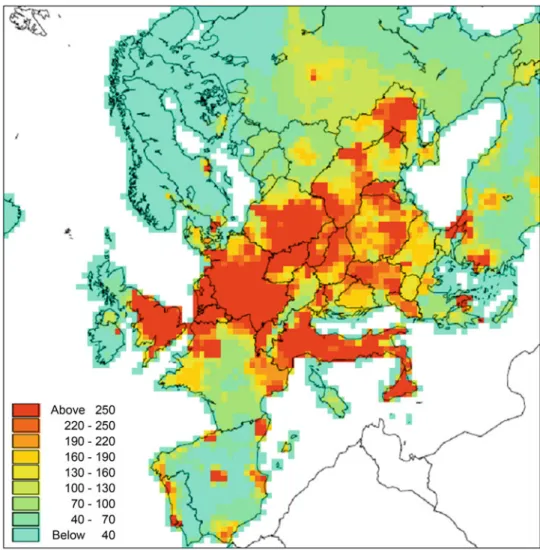
Recent Change .1 Emissions
The frequency of high values has also decreased, especially in the Netherlands, England and Ireland (Tørseth et al.2012). Increased temperatures and solar radiation have favored biogenic emissions of isoprene with a potential for enhanced O3 chemistry in the PBL.
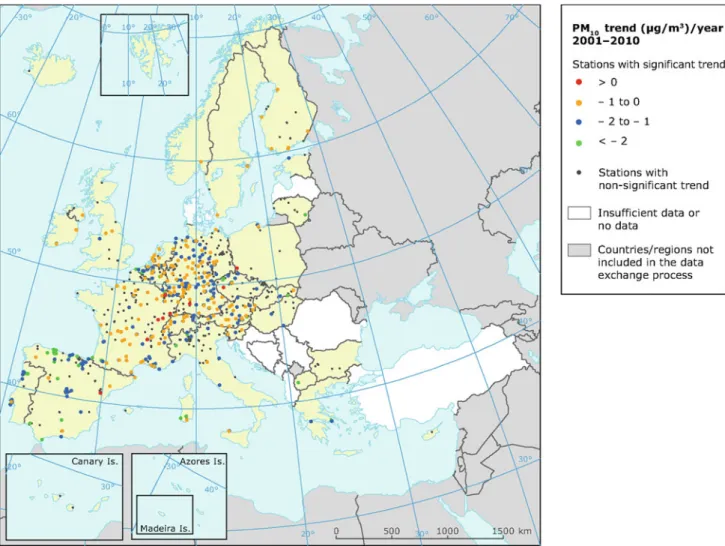
Future Impacts
Air quality in the North Sea region should improve due to the expected reduction in emissions. Nevertheless, some conclusions can be drawn from the various climate model projections for the North Sea region (Jacob et al. 2014).
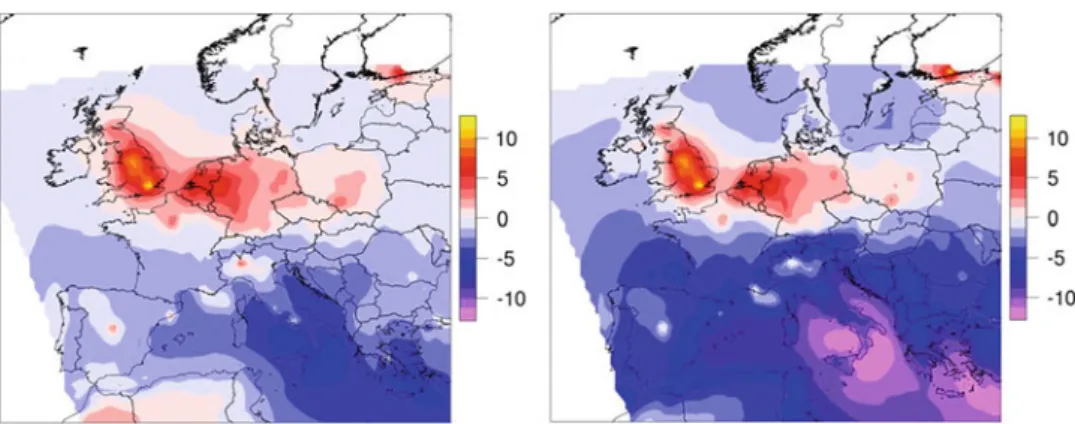
Conclusions
2013) found that climate change in the North Sea region would present a small benefit to PM2.5 concentrations. Despite some negative impacts, the overall consequences of climate change for tourism in the North Sea region are expected to be positive.
Introduction
In addition, most tourist activities in the North Sea region take place in the coastal zones, which are very vulnerable to the effects of climate change. Nevertheless, summer tourism in the North Sea region is expected to benefit from rising temperatures (air and water), falling precipitation and longer seasons.
Literature Review
Destinations can reduce the negative impacts of climate change on tourism by adapting to the changes. This chapter provides information about climate change and its impact on recreation and tourism in the North Sea region.
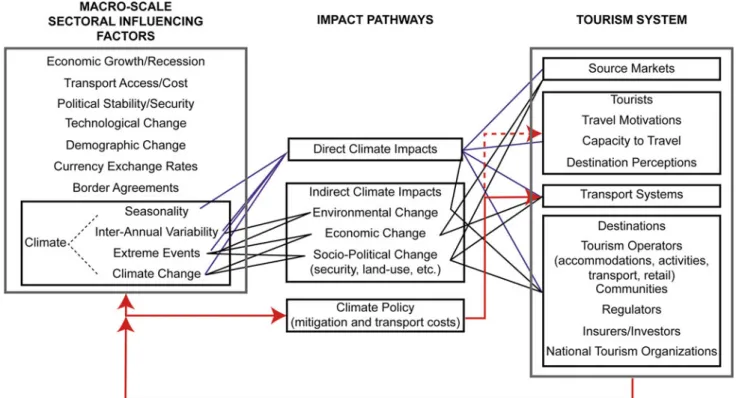
Impacts of Climate Change
There is still a lack of detailed academic research on this topic for the North Sea region. Higher average temperatures in the North Sea region will also cause tourism-driven changes in biodiversity.
Changing Patterns in Tourism Flow
Lohmann (2002) concluded that the effects of climate change in the North Sea region, such as sea level rise, are likely to destroy infrastructure and that frequent extreme weather events may discourage visitors. Overall, summer tourism in the North Sea region is expected to benefit from rising temperatures (air and water), decreasing precipitation and a longer season.
Mitigation and Adaptation Policies
However, a key assumption is that the tourism system has full flexibility in responding to climate change (Ciscar et al. Tourism is, in part, an energy-intensive industry and thus itself contributes to climate change.
Conclusions and Future Research
Amelung B, Moreno A (2012) Impact cost of climate change on tourism in Europe: results of the PESETA project. In: Jones A, Phillips M (eds) Vanishing Destinations: Climate Change and Future Challenges for Coastal Tourism.
Introduction
Global warming and the resulting acceleration in SLR require a complete reassessment of coastal protection strategies in many parts of the world. Given the large additional effort this will require, adaptation strategies for wave-exposed sandy shores and barrier islands will need to accommodate stronger and more variable coastal processes due to future climate change impacts than currently.
Adaptive Planning and Regulation
In the Netherlands, research into the consequences of climate change started earlier than in most other countries (Rijkswaterstaat). The need for more advanced climate change adaptation led to the establishment of the second Delta Commission (2008).
Safety Margins for Climate Change Effects
The level of safety in the United Kingdom depends on the extent of development of the protected areas. The design water levels in Lower Saxony and in the Netherlands at the Eems-Dollard estuary have comparable values; the surge build-up of the design water level has an annual probability of exceedance of 2.5×10−4.
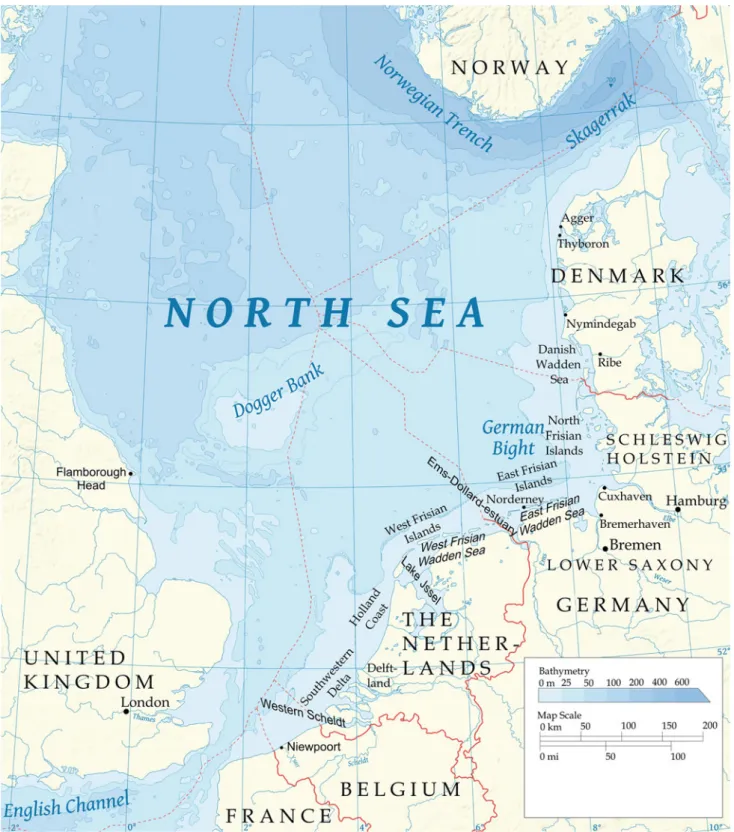
Adaptation Strategies
Tests on some sections have shown that the effectiveness of the second embankment is often very limited. The self-governing water boards ask that before investing in the second and third layers, priority should be given to the strengthening of protective structures in order to meet the applicable safety standards.
Summary and Recommendations
Contribution of Working Group I to the Fifth Assessment Report of the Intergovernmental Panel on Climate Change. Knaack H, Wurpts A, Kaiser R (2011b) Coastal protection of lowlands: are alternative strategies appropriate to the effects of climate change.
Introduction
The North Sea countries – Belgium, Denmark, France, Germany, the Netherlands, Norway, Sweden and the UK – have developed strategies to deal with these threats. The most considered measures in the North Sea countries are spatial planning in the coastal zone (setback lines), wetland restoration, coastal nourishment and strengthening of existing protection structures.
Coastal Management in the North Sea Countries
Figure19.1 shows North Sea regions subject to marine flooding risk and Fig.19.2 the North Sea regions with a special protection status under the EU Habitats Directive. Awareness of the challenges posed by climate change is reflected in the coastal policy plans of the North Sea countries.
Adaptation Strategies in the North Sea Countries
Each coastal town must develop an adaptation plan that takes into account the impact of climate change in the coastal zone. According to the National Adaptation Strategy on Climate Change (GFG2008), coastal regions will increasingly
Governance Issues and Dilemmas for Adaptation
The measures envisaged in the North Sea countries for adaptation to climate change are similar. Monitoring is also essential for a better understanding of the impacts of climate change on the coastal and marine area of the North Sea.
Summary and Conclusions
A better understanding of the oceanic atmosphere dynamics in the North Atlantic region is important to reduce the uncertainty in climate predictions for the North Sea region. A dedicated coastal surveillance network has not yet been established in the North Sea region.
